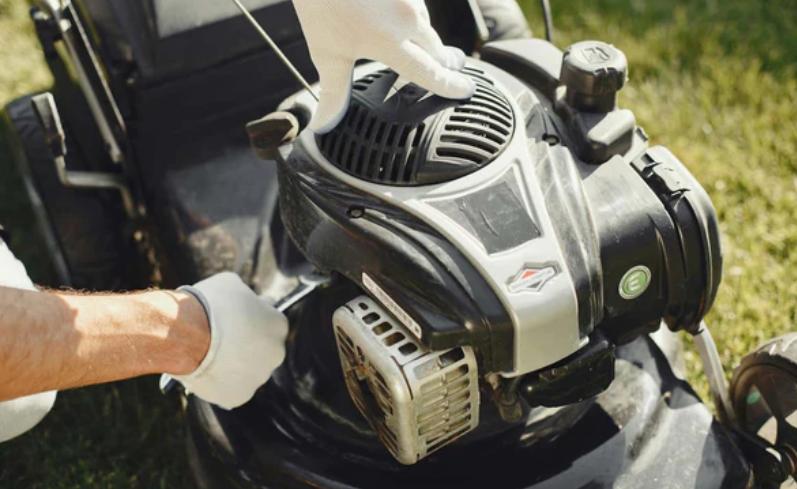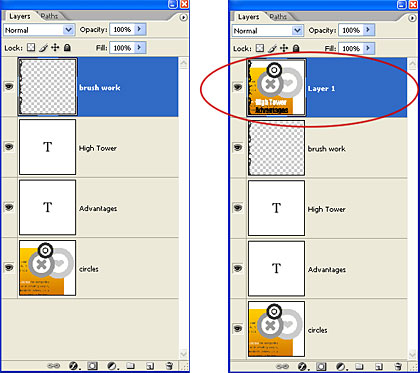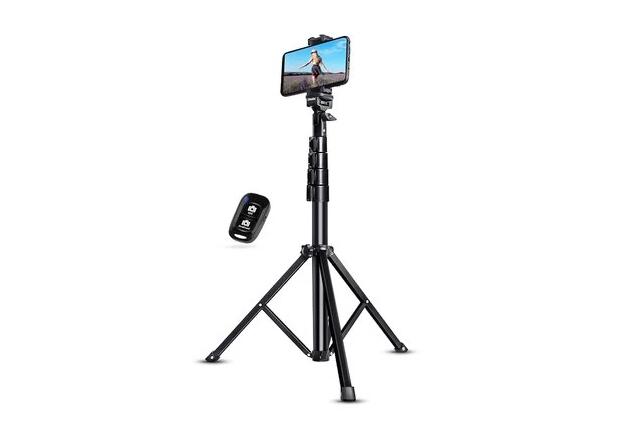Your lawn mower suddenly won’t start, but don’t worry—it’s a fixable issue. Understanding the cause is the first step. Common problems lie in the fuel system, spark plug, air flow, electrical components, and sometimes safety switches. Small fixes can often get your mower running again. This guide will walk you through checking fuel levels and quality, inspecting the battery, and examining the spark plug. Cleaning the air filter and carburetor, as well as checking the flywheel and blades, are also essential steps. You’ll also learn when it’s time to enlist professional help. Follow these steps to systematically troubleshoot and address the problem.

Check the Fuel System
Inspect Fuel Level & Quality
Begin by checking the fuel level. Add fresh gasoline if it’s low. Over time, fuel loses effectiveness, so stale gasoline might be the problem. Examine the fuel quality. If the gas smells sour or looks murky, it’s best to drain and replace it. Using fresh fuel ensures optimal mower performance and prevents engine damage.
Clean or Replace the Fuel Filter & Lines
Fuel filters and lines may get clogged. Locate the fuel filter typically near the fuel line. If it’s dirty, clean it with a brush or replace it. Inspect the fuel lines for any visible damage or blockages. Clear blockages using compressed air or replace damaged lines. Regular filter maintenance ensures clean fuel delivery to the engine.
Test Battery and Electrical Connections
Battery Charge & Terminal Condition
Check if the battery is charged. Use a multimeter to verify voltage levels. If it’s low, recharge or replace it. Inspect the battery terminals for corrosion, which appears as a white powdery substance. Clean terminals with a wire brush and reconnect them securely. Proper battery maintenance guarantees a smooth start.
Inspect Safety Switches & Cables
Safety switches prevent the mower from starting under unsafe conditions. Examine these switches to make sure they’re working. Look for broken or loose cables and fix them. Ensure all safety mechanisms are engaging properly. If you discover faulty switches, consider replacing them to avoid starting issues.
Spark Plug & Ignition Check
Remove and Inspect Spark Plug
Locate your mower’s spark plug. Carefully detach it with a spark plug wrench. Examine its condition. A worn or fouled plug may cause difficulties in starting. Check for cracks or carbon buildup, which indicate the need for replacement.
Clean, Gap, or Replace as Needed
A dirty spark plug can hinder starting. Clean it using a plug cleaner or soft brush. Verify the gap with a gapping tool and adjust if necessary. An incorrect gap prevents ignition. Replace the spark plug if cleaning doesn’t alter its condition. A properly maintained plug is vital for ignition.
Air Filter, Carburetor & Deck Cleaning
Check and Clean Air Filter
A clogged air filter obstructs air flow to the engine. Remove the filter from its housing and clean it by tapping it gently or replacing it if disposable. For foam filters, wash with soapy water and let dry. A clean air filter ensures the right air-fuel mixture.
Clean Carburetor and Fuel Cap Vent
A blocked carburetor affects fuel delivery. Detach it from the mower and clean it with carb cleaner. Check the fuel cap vent for blockages that cause a vacuum lock. Clean vents with a brush or needle. Regular cleaning keeps fuel flow consistent.
Flywheel, Blades & Engine Mechanics
The flywheel key maintains engine timing. If the engine sputters or dies, inspect this small metal part. Ensure blades are not jammed by debris. Disconnect the spark plug before checking underneath. Blocked blades hinder starting by obstructing engine rotation. Removing blockages facilitates optimal engine operation.
Preventive Maintenance Tips
Regular maintenance keeps mowers running seamlessly. Ensure oil changes every 25-50 hours of use. Replace oil and air filters annually. Keep spark plug fresh and use ethanol-free fuel to avoid corrosion. Stick to a tune-up schedule before the mowing season starts. List maintenance tasks in your calendar for consistent performance.
When to Seek Professional Help
Some issues require professional intervention. Odd noises, persistent starting problems, or suspected internal engine trouble shouldn’t be ignored. If electrical components are failing, further DIY attempts may risk further damage. When issues persist despite troubleshooting, contacting a professional ensures proper repair and prevents costly breakdowns.

Conclusion
Starting issues can often be resolved with simple checks and maintenance. If your lawn mower won’t start, don’t panic—common problems like stale fuel, a dirty spark plug, or clogged air filters are usually to blame. Ensuring fuel quality, examining the spark plug, and maintaining air filters and electrical components can make a big difference in performance. Also, inspect the fuel line and battery connections to rule out overlooked issues. Remember, regular upkeep can prevent many problems. Don’t hesitate to seek professional help when necessary. With these steps, your mower will soon be back on track, ready to tackle the lawn effortlessly and consistently.







